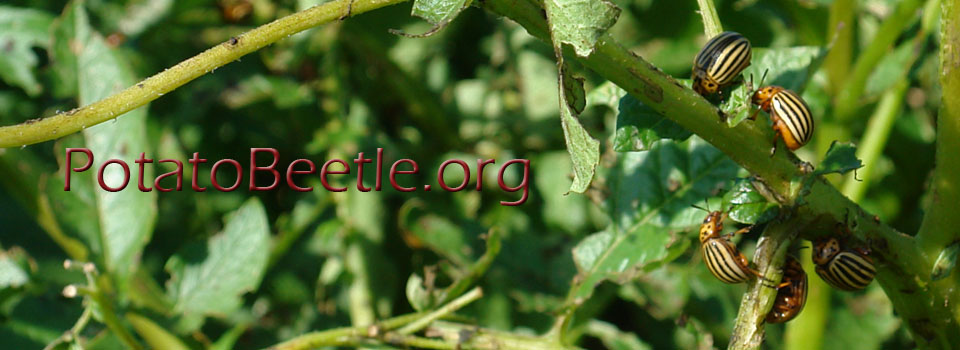Máximo WPF, Howell JL, Mogilicherla K, Basij M, Chereddy SCRR, Palli SR. 2020. Archives of Insect Biochemistry and Physiology. 104:e21685.
The Colorado potato beetle (CPB; Leptinotarsa decemlineata) is one of the most notorious and difficult to control pests of potato and other solanaceous crops in North America. This insect has evolved a remarkable ability to detoxify both plant and synthetic toxins, allowing it to feed on solanaceous plants containing toxic alkaloids and to develop resistance to synthetic chemicals used for its control. RNA interference (RNAi) is a natural mechanism that evolved as an immune response to double-stranded RNA (dsRNA) viruses where dsRNA triggers silencing of target gene expression. RNAi is being developed as a method to control CPB. Here, we evaluated four CPB-specific genes to identify targets for RNAi-mediated control of this insect. Out of the four dsRNAs evaluated in CPB larvae and adults, dsIAP (dsRNA targeting inhibitor of apoptosis, iap gene) performed better than dsActin, dsHSP70, and dsDynamin in inducing larval mortality. However, in adults, the mortality induced by dsActin is significantly higher than the mortality induced by dsIAP, dsHSP70, and dsDynamin. Interestingly, a combination of dsIAP and dsActin performed better than either dsIAP or dsActin alone by inducing feeding inhibition in 24 hr and mortality in 48 hr in larvae. When the dsIAP and dsActin were expressed in the Escherichia coli HT115 strain and applied as a heat-killed bacterial spray on potato plants, it protected the plants from CPB damage. These studies show that the combination of dsIAP and dsActin shows promise as an insecticide to control CPB.
